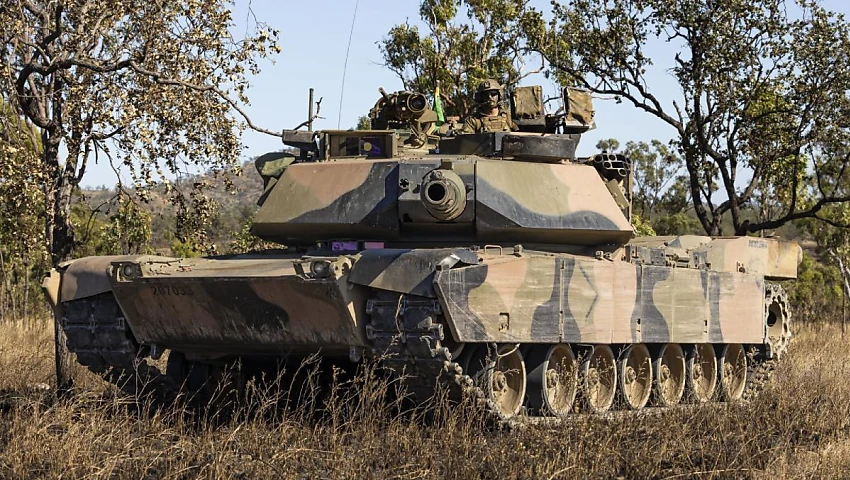Australia has long prided itself on its military history, often glorifying its martial past in a way that elevates the nation’s identity on the world stage. From the ill-fated Gallipoli campaign during World War I to more recent conflicts in Afghanistan and Iraq, the contributions of the Australian Defence Forces (ADF) are etched into the national consciousness. However, despite this glorification of military service, Australia’s treatment of its veterans paints a disturbing picture of neglect and systemic failure, exemplified by the findings of the recent Royal Commission into Defence and Veteran Suicide.
The Royal Commission’s final report serves as a damning indictment of Australia’s military establishment and government. Commissioner Nick Kaldas, in his scathing remarks, described Defence’s treatment of veterans and serving personnel as “a catastrophic failure of leadership at all levels.” This revelation speaks to decades of neglect, where young, energetic, and intelligent individuals, once celebrated for their service, are too often cast aside when their physical and mental health deteriorates due to the very demands of that service.
Veterans’ Health Week, with its theme of “Keep Connected,” emphasizes the importance of social connectedness for veterans and their families. While well-intentioned, this focus is a stark contrast to the reality faced by many veterans. For decades, those who have suffered physical injuries or mental trauma in the line of duty have been marginalized, isolated, and stigmatized. The military’s swift disconnection from its personnel once they are deemed medically unfit is a troubling hallmark of this failure. Rather than rehabilitating or supporting these individuals, Defence often opts for medical discharge, severing ties in ways that only exacerbate the trauma.
This institutional abandonment is not new. The Royal Commission’s findings merely add to a vast and largely ignored body of evidence, compiled over decades, that highlights the systemic mistreatment of veterans. Official inquiries into veteran care have produced hundreds of thousands of pages of reports, but action has been woefully lacking. Successive governments have repeatedly failed to address the issues raised, leaving countless veterans and their families to fend for themselves. Yet, every year, Australia’s political class and military top brass are front and centre during national commemorations of military history, basking in the reflected glory of a narrative that often ignores the pain and suffering of those who return home damaged.
In less than a month, Australians will gather to commemorate Remembrance Day, a solemn occasion to honour the nation’s military dead. This day holds immense significance, though it pales in comparison to the overwhelming nationalism of Anzac Day, which marks Australia’s participation in the Gallipoli campaign. Gallipoli, a military failure that resulted in the deaths of over 8,700 Australians, has been mythologized as the birth of the Australian nation. However, the personal toll of this conflict, and others like it, is often swept aside in the pursuit of national pride.
World War I left many survivors deeply scarred, both physically and mentally. Over 152,000 Australians returned home wounded, and many became victims of addiction, homelessness, domestic violence, and suicide. The broader society was ill-equipped to handle the fallout, with much of the suffering playing out behind closed doors. Politicians and military leaders, quick to showcase Australia’s military service, were often just as quick to ignore the personal toll on veterans. The many limbless, facially disfigured, or mentally broken were pushed to the margins, out of sight and out of mind.
Australia’s treatment of its veterans, however, suggests that Defence is more comfortable celebrating battlefield heroes than caring for its discharged casualties. This is why the Royal Commission into Defence and Veteran Suicide, and the federal government’s response, is so crucial. Civil society should not abandon those who have sacrificed so much. Yet, in a cruel irony, Defence’s legal conduct during the Royal Commission revealed precisely why the institution seems so incapable of meaningful cultural change.
As the federal government contemplates its formal response to the Royal Commission, Australia must confront its long history of neglecting its veterans. It is time for real change, not just symbolic gestures. Only then can we truly honour the sacrifices made by those who serve.









